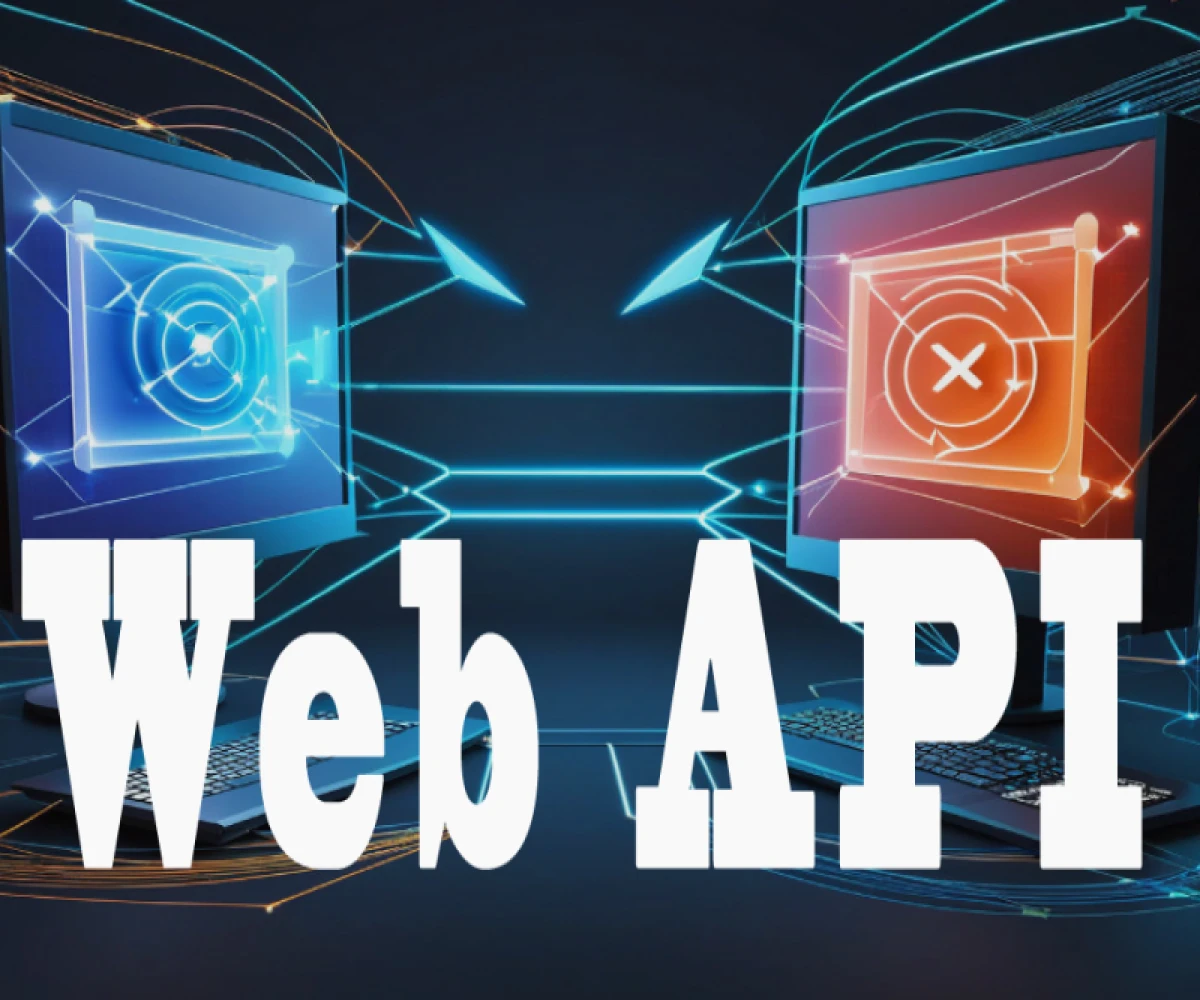
How to secure web api?
How Secure is Your Web API?
Web APIs are the backbone of modern web applications, enabling communication between different services and devices. But with great power comes great responsibility! Just like websites, web APIs need robust security measures to protect sensitive data and prevent unauthorized access.
Why is Web API Security Important?
Imagine a web application that allows users to manage their finances. The web app interacts with a web API to retrieve account information and process transactions. If the API is insecure, attackers could potentially:
- Intercept data: Without proper encryption, hackers could eavesdrop on communication between the app and the API, stealing login credentials, account numbers, or other sensitive data.
- Tamper with data: Malicious actors could modify data in transit, leading to unauthorized transactions or manipulation of financial records.
- Gain unauthorized access: Weak authentication mechanisms could allow attackers to impersonate legitimate users and gain access to user accounts or perform unauthorized actions.
These are just a few examples, and the consequences of a web API breach can be severe, leading to financial loss, reputational damage, and even regulatory fines.
Securing Your Web API: Best Practices
Here are some key principles to follow to ensure your web API is secure:
- Encrypt everything: Enforce HTTPS (Hypertext Transfer Protocol Secure) for all API communication. HTTPS encrypts data in transit, making it unreadable to anyone snooping on the network.
- Authenticate users: Implement a strong authentication mechanism to verify user identities. This could involve techniques like passwords, multi-factor authentication (MFA), or API keys.
- Authorize access: Once a user is authenticated, define access control rules to determine what they can and cannot do with the API. This ensures that users only have access to the data and functionality they are authorized for.
- Validate input: Sanitize and validate all user input to prevent injection attacks like SQL injection or cross-site scripting (XSS).
- Keep software updated: Regularly update your web API framework, libraries, and server software to patch known vulnerabilities.
- Monitor and log activity: Monitor API activity for suspicious behavior and log all access attempts. This can help you detect and respond to security incidents promptly.
Here's an example:
Let's say your API allows users to update their profile information. You would implement authentication to ensure only authorized users can access the API. You would also validate user input to prevent attackers from injecting malicious code that could compromise your database.
By following these best practices, you can significantly reduce the risk of web API attacks and protect your users' data.
Remember, security is an ongoing process. Continuously evaluate your web API's security posture and adapt your strategies as new threats emerge.


